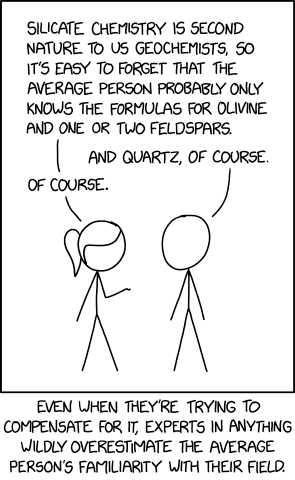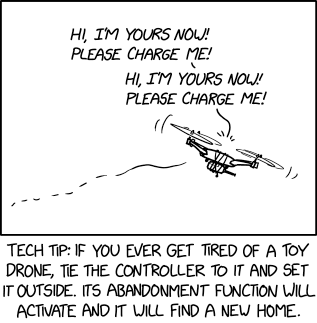I think the best part of doing the researching is acquiring the necessary research material. In this case I have acquired a number of "new" books. An 18XX game based on a more historical basis appeals to me more than one that is just another variant of 1830 or 1829. While I'm duly impressed with 18CO; Rocks and Stocks it lacks the elements that I'm looking for. The best way to help define those elements and then decide whether those elements are to restrictive takes some research which means scouring the internet (almost worthless for this subject, but not entirely) and finding some good books.
Thankfully I already had some of books to help get the project underway:
Tracking Ghost Railroads in Colorado by Robert Ormes (8th printing), Century One Press, Colorado Springs CO, 1980
Denver, South Park & Pacific by M.C. Poor, World Press, Denver CO, 1949 (limited edition #336/1000)
The Switzerland Trail of America by Forest Crossen, Robinson Press, Ft Collins Co, 1992 (softback), 2nd Edition
The DSP&P was probably the largest narrow gauge system after the D&RG and its history is fascinating. Its a dense book though coming in 493 pages including some maps (which are getting more and more fragile). If you are fan of Colorado Railroad history this is a cornerstone book and while its a limited edition its not really hard to come by if you are willing to spend some money. Mine, unfortunately doesn't have the dust jacket and I would like to acquire a copy that does.
The Switzerland Trail covers the history of the two railroads that headed west from Boulder CO (not at the same time). The Greeley Salt Lake & Pacific and later the Colorado & Northwestern. Its a good example of the trials and tribulations of many of the smaller mountain railroads that were built to tap the mineral wealth of the Rockies.
Tracking Ghost Railroads is an excellent guide to the physical locations of the railroads along with how to get there. I recommend a good 4WD vehicle if you plan on doing that you can drive on a lot of the old grades that way (the accessible ones anyway).
The new acquisitions are:
Railroads of Colorado; Your Guide to Colorado's Historic Trains and Railway Sites by Claude Wiatrowski, Farcountry Press, Helena MT, 2012
Colorado's Historic Mountain Passes by Larry Rynearson & Rick Jones, Western Reflections Publishing Co, Lake City CO, 1975
Colorado's Mountain Railroads by Robert A LaMassena, Sundance Publications, Denver CO, 1984
Rio Grande...To the Pacific by Robert A LaMassena, Sundance Publications, Denver CO, 1974, 2nd Edition
Colorado Central Railroad; Golden, Central City, Georgetown by Dan Abbott, Della A. McCoy and Robert W McLeod, Sundance Publications, Denver CO, 2007
The Midland Route; A Colorado Midland Guide and Data Book by Edward M. "Mel" McFarland, Pruitt Publishing Co, Boulder CO, 1980
The first two really came up bust for me, not nearly the kind of information I was looking for its hard when you have to buy them site unseen. The rest will form a solid core for the library. There will be more books on the D&RG the Rio Grand to the Pacific is a bit more focused on the Utah lines but does cover the split and recombination of the D&RG with the D&RGW.
The Colorado Central is an iconic railroad that was heavily involved in the early days of Colorado Railroading. More along the lines of the Switzerland Trail, it had big ambitions and always seemed to fall short due to money and circumstances. It would eventually become a part of the Colorado & Southern RR.
The Midland is fascinating, another railroad that struggled financially for its entire existence it was the first railroad to build standard gauge rails into the mountains and its system was quite extensive.
So far though, I think my best acquisition is the Colorado Railroad Map by Linn Westcott for Kalmbach Publishing from 1943. Shows all the railroads, the abandonments and topography. Its 78 years old and in amazing shape and I managed to get it for $20. Best buy so far.
With all of this I'm starting to refine the map and try and work through what railroads should be included, and how they will fit together. At the moment I'm considering keeping the number of public companies low supported by a lot of minor companies and maybe even more than your usual number of privates. I'm also sure that everything will not be available during the opening rounds so I'm considering an "event" deck similar to what Colin and I used in 1869. Events aren't random but are driving by the purchase of trains. Will see how it pans out.
 |
| This is why the back of the map is as important as the front, a complete (yet to be determined) list of all the railroads in Colorado. |
 |
| And the front. I knew that Linn Westcott was big in the model railroading world for a long time I had no idea he was a cartographer as well. |


















